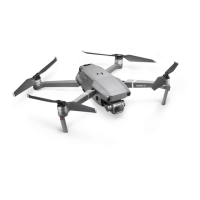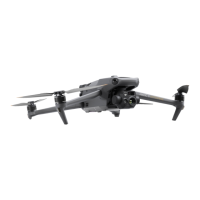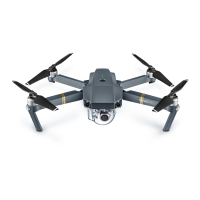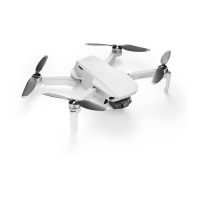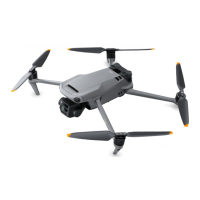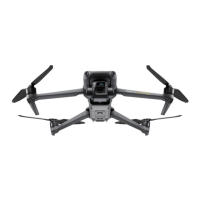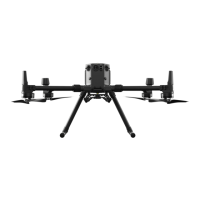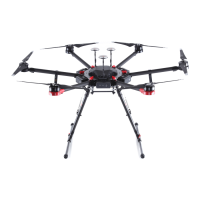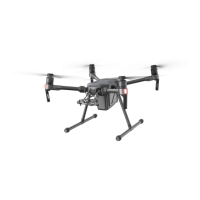16
Maintenance and Upkeep
1. Check every part of the aircraft after any crash or violent impact. If you
have any problems or questions, please contact a DJI authorized dealer.
2. Regularly check the Battery Level Indicators to see the current battery
level and overall battery life. When the battery life reaches 0%, it can no
longer be used.
Flight Condition Requirements
Weather Conditions and Surrounding Environment
The aircraft is designed to operate in good to moderate weather
conditions. To avoid collision, serious injury and property damage,
observe the following rules:
1. DO NOT use the aircraft in severe weather conditions. These include
wind speeds exceeding 10 m/s, snow, rain, smog, heavy wind, hail,
lightning, tornadoes or hurricanes.
2. Keep the aircraft at least 10 meters (30 feet) away from obstacles,
people, animals, buildings, public infrastructure, trees, and bodies of
water when in ight. Stay even further away from the above objects as
your altitude increases.
3. Be EXTRA cautious when operating the aircraft indoors.
1. Aircraft and battery performance is subject to environmental factors such
as air density and temperature.
a. Be very careful when ying 16,404 feet (5,000 meters) or more above
sea level as battery and aircraft performance may be reduced.
2. DO NOT use the aircraft near accidents, re, explosions, oods,
tsunamis, avalanches, landslides, earthquakes, dust, or sandstorms.
Interference with Flight Controller, Communications, and
Positioning Systems
1. Fly in open areas. Tall buildings or steel structures may affect the
accuracy of the on-board compass and block the GPS signal.
2. Avoid interference between the remote controller and other wireless
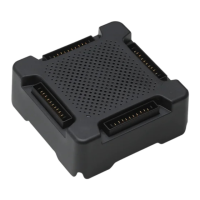
